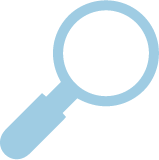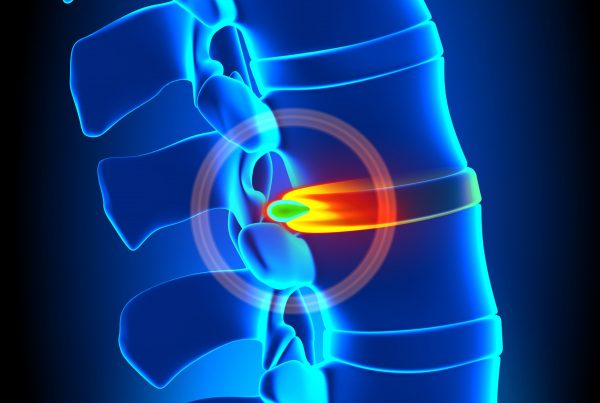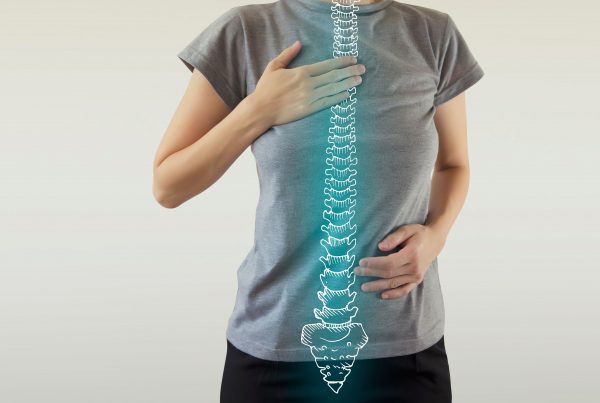What is Spinal Stenosis?
Spinal Stenosis is the narrowing of the spinal canal, which becomes compressed and causes a pinching of the spinal cord or nerve roots. Depending on where the narrowing is, you may have symptoms in the lower back and legs, neck, shoulder or arms.
SPINAL STENOSIS SYMPTOMPS
You may experience some or all the following:
- Gradual onset, on and off, not continuous
- Pain in lower back, legs, calves
- Pain standing and/or walking
- Cramping
- Weakness, numbness, tingling
- Reduced strength and coordination problems
- Worse for extension: up or downhill, steps, ramp
- Better for flexion: leaning forward, sitting, lying down
SPINAL STENOSIS CAUSES
Here are the most common causes for the narrowing:
- Osteoarthritis (wear and tear): breakdown of cartilage covering the joints, bones rub resulting in abnormal bone growth with inflammation.
- Disc degeneration: loss of hydration and height puts more pressure on the joints, furthering their degeneration.
- Ligament thickening: these can turn into bony tissue and encroach on the spinal cord or nerves or can buckle into the spinal canal.
- A thickening of the ligaments or bony spurs. Symptoms usually start slowly and get worse over time and vary greatly from person to person. Some people are born with a small spinal canal (congenital) but in most it’s age related change. It affects women over 50 more.
There is no cure but ways to reduce pain and improve flexibility exercise is key.
SPINAL STENOSIS DIAGNOSES
Diagnosis is based on full medical history, physical examination to test muscles strength and reflexes. Images test, will allow the therapist or professional to determining the cause and grade of spinal stenosis.
In severe cases bowel and bladder function can be affected and leg paralysis is possible. This is a medical emergency. You will need further imagery tests to check the circulation and nerve signals in legs. The most common imagery test are:
- X-ray
- TC scans
- MRIs
SPINAL STENOSIS TREATMENTS
Medical
- Nsaids or special medications, cortisone injections for temporary relief (mixed evidence for this).
- Decompression surgery if everything else fails and symptoms are severe or worsening, to remove bony spurs in the spinal canal. Surgery has its risks and symptoms may recur.
Hands on
- Physiotherapy and exercise are best. You need to strengthen arms and legs, improve balance and ability to walk.
- Acupuncture and massage can help ease the pain. Explore all nor nonsurgical options.
Timeline
It usually progresses slowly over time but you want to avoid loss of strength. It’s important to stay mobile with flexion based exercises at least 3 x week then add walking, cycling and/or swimming.
Avoid triggering activities.
Please note general back exercises that you may come across may not be suitable for your presentation and could aggravate your condition.
Make sure you see one of our specialists who can prescribe the right combination of exercises and movements for you.
We can help you!

DIAGNOSE

CONDITIONS

TREATMENTS
Treatments that can help
Here are some treatments that can help with Spinal stenosis Pain:
- Massage (Soft Tissue)
Help decompress the nerve impingement due to tight muscles - Osteopathy
Helps restore normal movement due to misalignment and decompress nerve impingement - Physiotherapy/Sports Therapy
Helps stabilise weak areas and restore normal movement - Acupunture
Helps to loosen up the tissue decompress the nerve impingement in tight muscles





